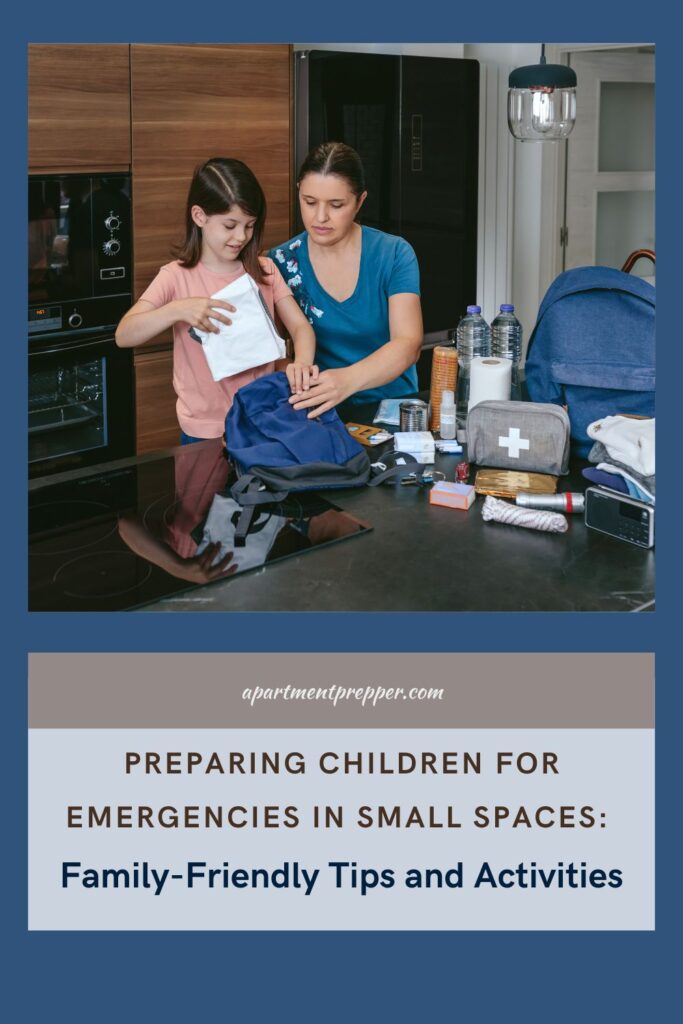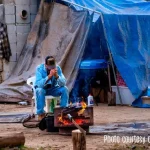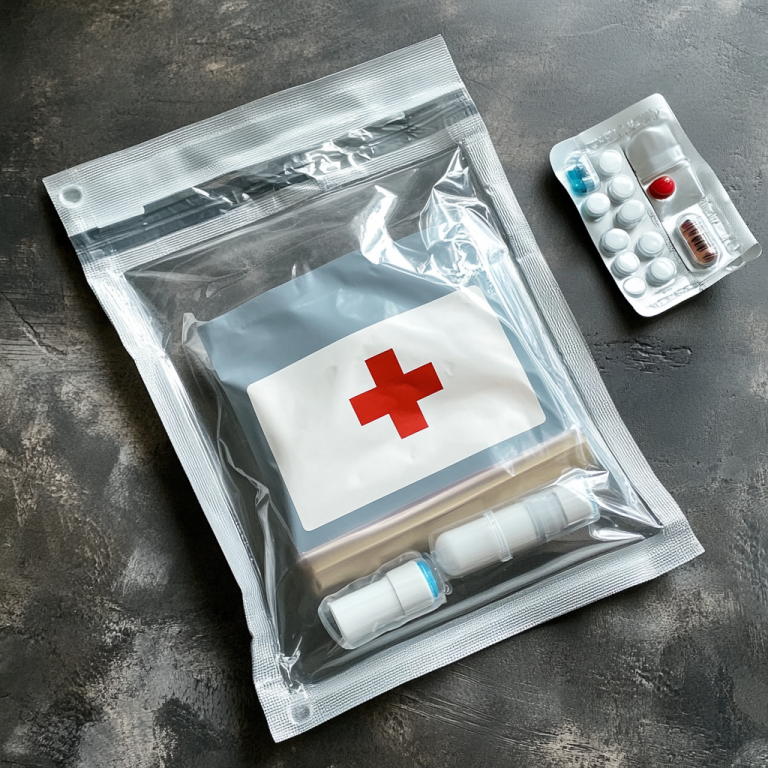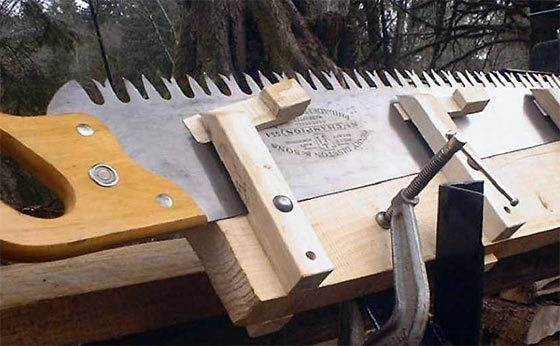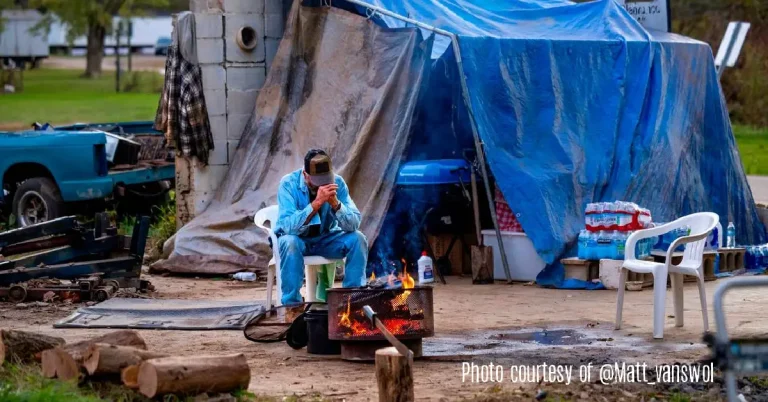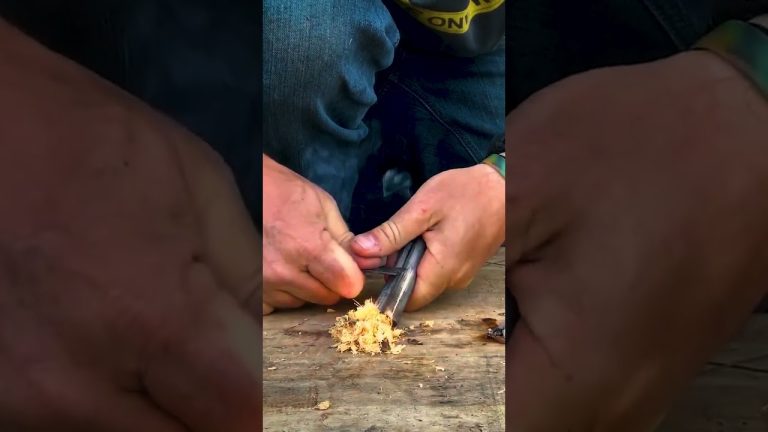Written by Bernie Carr
Emergencies can be unsettling for children, especially when living in small spaces where options for movement and activities may feel limited. However, with the right preparation and approach, families can empower children to feel safe, confident, and engaged during emergency situations. In this guide, we’ll explore family-friendly tips and activities tailored to preparing children for emergencies in small living spaces.
Establish Open Communication
Open communication is key to preparing children for emergencies. Start by having age-appropriate conversations about different types of emergencies and what to do in each situation. Reassure children that it’s normal to feel scared or worried during emergencies but emphasize the importance of staying calm and following safety protocols.
Create a Family Emergency Plan
Involve children in creating a family emergency plan tailored to your small living space. Discuss evacuation routes, designated meeting points, and emergency contacts. Encourage children to contribute ideas and suggestions, making them feel empowered and invested in the plan. Practice emergency drills regularly to reinforce preparedness and familiarize children with safety procedures.
Teach Basic Safety Skills
Equip children with basic safety skills that are essential during emergencies. Kids under 10 years old can learn some age appropriate basic survival skills. Teach them how to dial emergency services, recognize smoke alarms, and use fire extinguishers (if age-appropriate). Demonstrate how to safely exit the home in case of fire or other emergencies, emphasizing the importance of staying low to the ground and checking doorknobs for heat.
Pack Personal Emergency Kits
Involve children in assembling their own personal emergency kits containing essential items such as water, non-perishable snacks, a flashlight, a whistle, a small first aid kit, and comfort items like a favorite toy or blanket. Allow children to personalize their kits with items that bring them comfort and reassurance during stressful situations.
Engage in Emergency Preparedness Activities
Transform emergency preparedness into engaging and interactive activities for children. Create scavenger hunts to locate emergency supplies around the house or play “emergency scenario” role-playing games where children practice different emergency responses. Use storytelling or art projects to explore themes of safety, resilience, and preparedness.
Practice Mindfulness and Calming Techniques
Teach children mindfulness and calming techniques to help manage stress and anxiety during emergencies. Practice deep breathing exercises, guided imagery, or progressive muscle relaxation techniques together as a family. Encourage children to create “calm-down” kits containing sensory items like stress balls, coloring books, or soothing music.
Foster a Sense of Community
Emphasize the importance of community and mutual support during emergencies. Get to know neighbors and discuss ways to support each other during crises. Organize community preparedness events or neighborhood safety patrols to foster a sense of solidarity and cooperation among families living in small spaces.
Stay Informed and Updated
Keep children informed about potential hazards and emergency situations that may affect your area. Sign up for local emergency alerts and notifications to receive timely information about evacuations, severe weather, and other emergencies. Explain how to recognize and respond to different types of alerts or warning signs.
Reassure and Empower Children
Above all, reassure and empower children by emphasizing their resilience and ability to cope with emergencies. Encourage open communication, validate their feelings, and praise their efforts in practicing safety skills. Provide reassurance that you are there to support and protect them during emergencies, no matter the circumstances.
Conclusion: Empowering Children for Emergencies in Small Spaces
In conclusion, preparing children for emergencies in small living spaces requires a combination of education, communication, and engagement. By establishing open communication, creating a family emergency plan, teaching basic safety skills, packing personal emergency kits, engaging in preparedness activities, practicing mindfulness techniques, fostering community connections, staying informed, and providing reassurance, families can empower children to feel safe, confident, and prepared during emergencies. Together, families can navigate emergencies in small spaces with resilience, resourcefulness, and a sense of togetherness.
We are an affiliate of Amazon.com, which means we received a small commission if you click through one of our Amazon links when you shop, at totally no cost to you. This helps keep the lights on at the blog. Thanks!
About the author
Bernie Carr is the founder of Apartment Prepper. She has written several books including the best-selling Prepper’s Pocket Guide, Jake and Miller’s Big Adventure, The Penny-Pinching Prepper and How to Prepare for Most Emergencies on a $50 a Month Budget. Bernie’s latest e-book, FRUGAL DIY has just been released on Amazon. Her work appears in sites such as the Allstate Blog and Clark.com, as well as print magazines such as Backwoods Survival Guide and Prepper Survival Guide. She has been featured in national publications such as Fox Business and Popular Mechanics. Learn more about Bernie here.
FB: https://www.facebook.com/apartmentprepper
Instagram: https://www.instagram.com/apartmentpreppers/
Twitter: https://twitter.com/AptPrepper
YouTube: https://www.youtube.com/channel/UC7vOtdbo-wiBeBxD6puCr1Q
Patreon: https://patreon.com/apartmentprepper
Pinterest: https://www.pinterest.com/aptprepper/
Today’s societal climate not supportive of prepping. With your help, we can keep bringing you content that is often suppressed. Help keep Apartment Prepper alive.
Join me on Patreon for ad-free content.

Or Help out via Paypal

